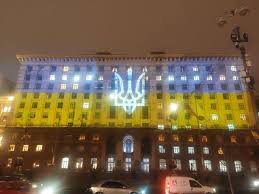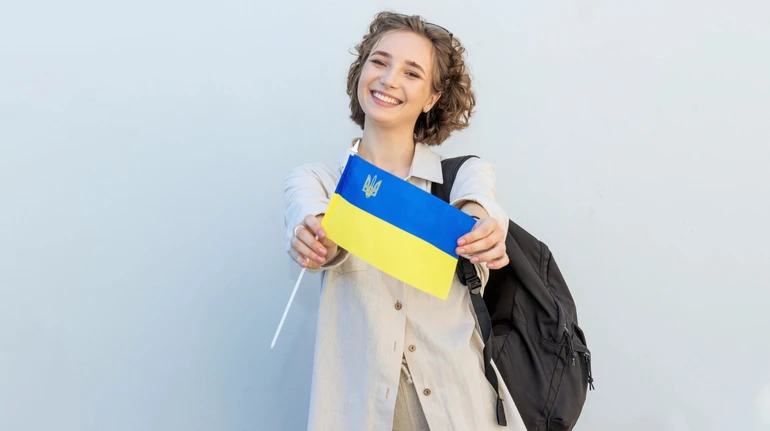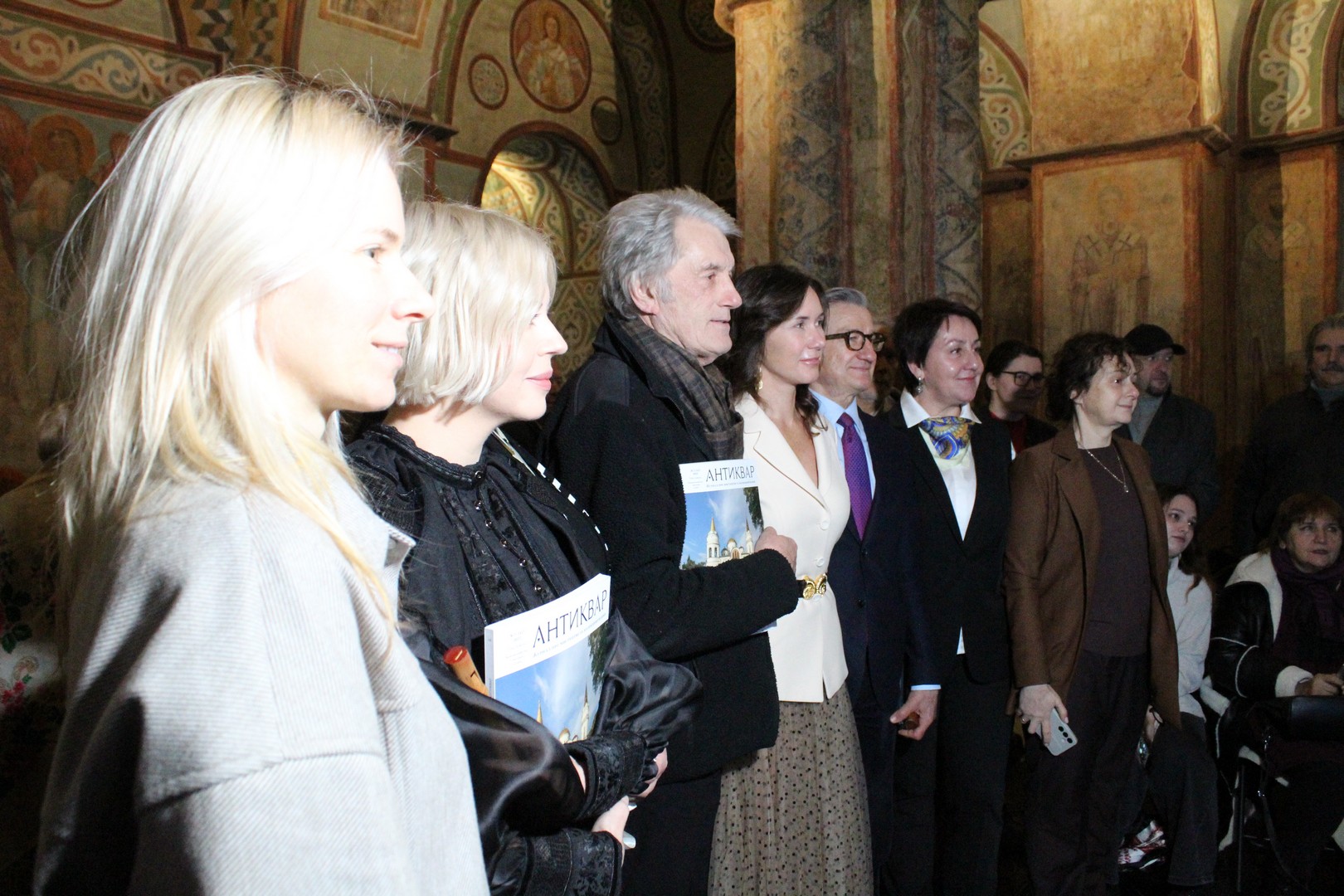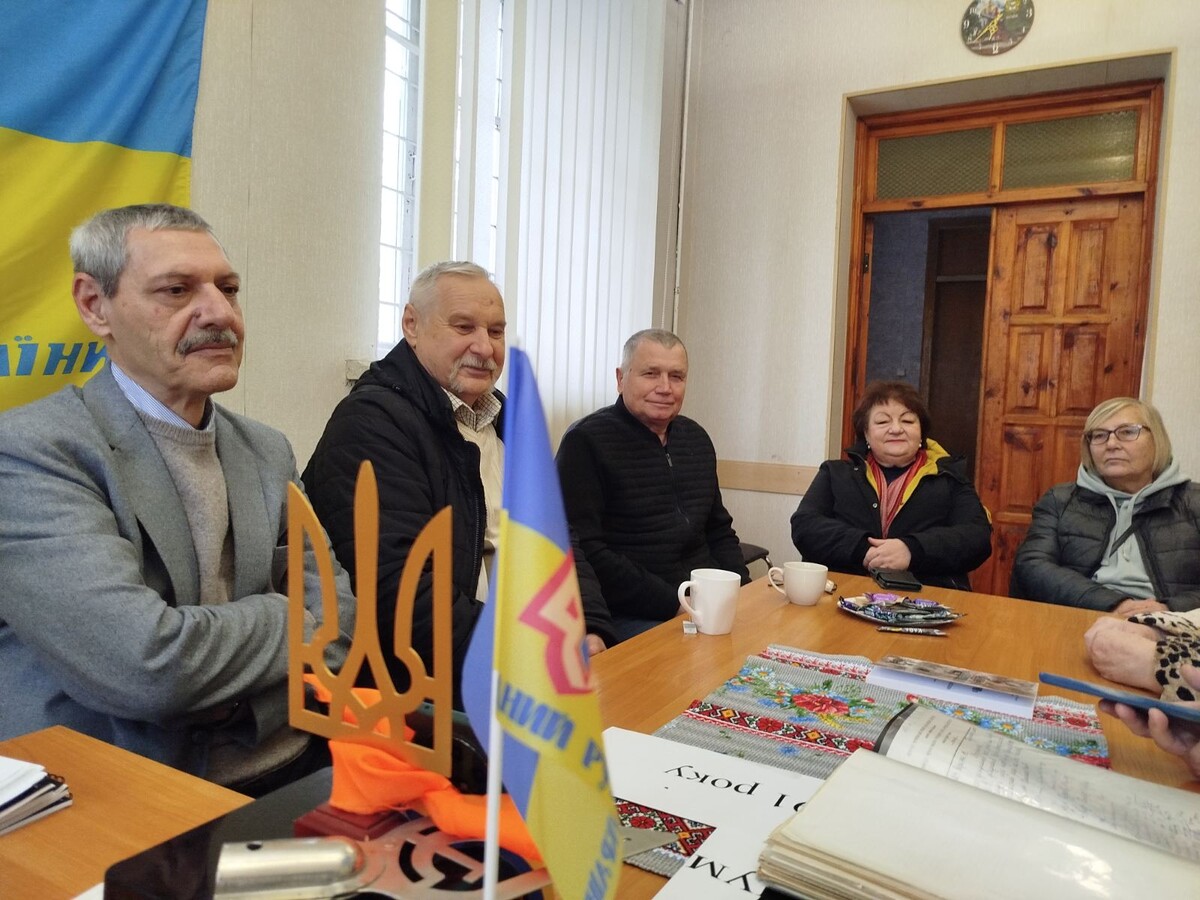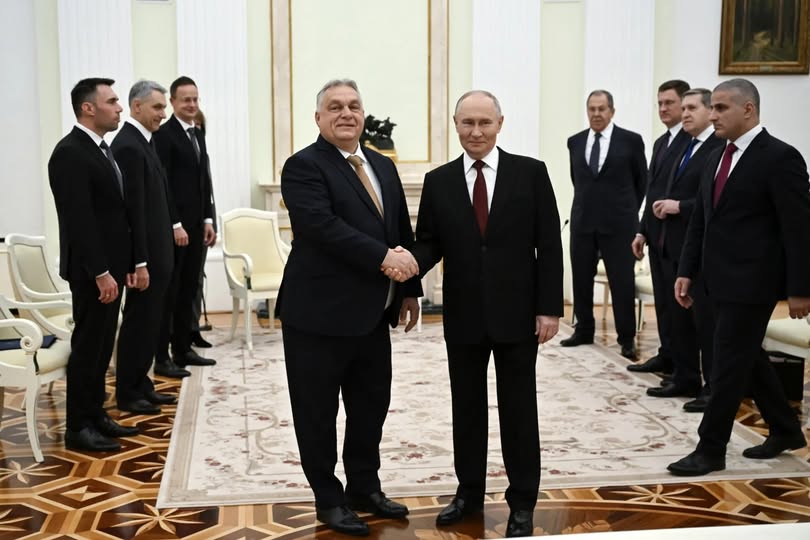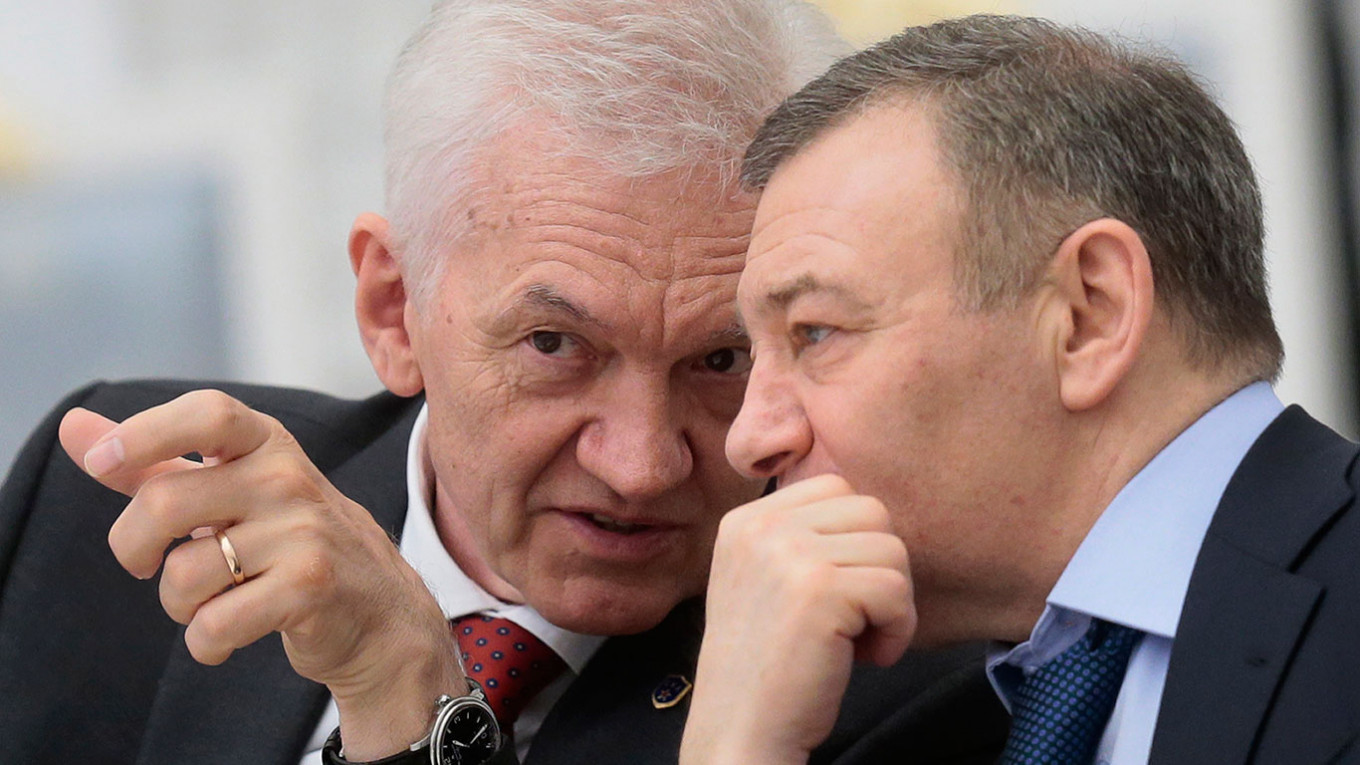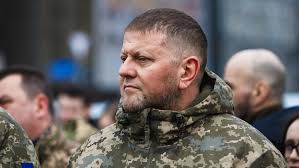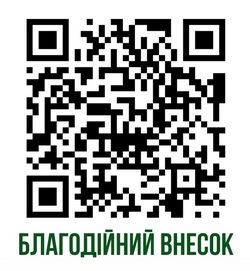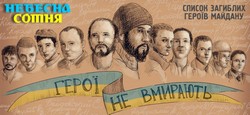EUROMAIDAN. 21–29 November 2013
Euromaidan started in the night of 21 November 2013 when up to 2,000 protesters gathered at Kiev's Maidan Nezalezhnosti and began to organize themselves with the help of social networks.
After he heard of the Ukrainian government decree to suspended preparations for signing of the Association Agreement on 21 November 2013,opposition party Batkivshchyna faction leader Arseniy Yatsenyuk called, via Twitter for protests (which he dubbed as #Euromaidan) on Maidan Nezalezhnosti. The blog of Yuri Andreev on Korrespondent.net asked people to gather on Maidan Nezalezhnosti that day at 22:30.
Approximately 2,000 people converged in the evening of 22 November on Maidan Nezalezhnosti (Independence Square) to protest the decision of the Ukrainian government to suspend the process of integration of Ukraine into the European Union.
In the following days, the opposition and pro-EU parties led the protests.
A larger rally took place on 24 November, when 100,000 to 200,000 people gathered on Kiev's Maidan Nezalezhnosti. The pro-EU demonstrators carrying Ukrainian and EU flags chanted "Ukraine is Europe" and sang the national anthem as they marched toward European Square for the rally.
News agencies claimed this to be the largest protest since the Orange Revolution of 2004. After a small group of protesters attempted to storm the Cabinet of Ministers building, police used tear gas to disperse them. According to the General Prosecutor's Office, 200 were injured on the 24th, including both police and students.
On 25 November jailed former Prime Minister Yulia Tymoshenko began a hunger strike in protest of "President Yanukovych's reluctance to sign the Deep and Comprehensive Free Trade Agreement".
A 26 November 2013 statement by Ukrainian Prime Minister Mykola Azarov saying "I affirm with full authority that the negotiating process over the Association Agreement is continuing, and the work on moving our country closer to European standards is not stopping for a single day" did not appease protesters who blockaded the government building during the cabinet session during which Azarov made the above mentioned statement.
The same day the city of Kiev installed a heating tent (hot tea and sandwiches were served) at Maidan Nezalezhnosti, where about 2,000 students were rallying. According to Kyiv Post this was part of an "Ukrainian authorities' attempt to portray themselves as allies with the demonstrators who, in many cases, are calling for the government to resign if it doesn't sign an assocation agreement with the European Union this week". The same day it was reported that social media accounts of protesters were being hacked and disreputable messages being posted in place of rally news and commentary.
On 26 and 27 November 2013 Lithuanian Parliament Speaker Loreta Graužinienė and Polish Sejm Member Marcin Święcicki spoke to the protesters at Maidan Nezalezhnosti. Musical acts like Ruslana put on performances for demonstrators on Maidan Nezalezhnosti.
On 27 November it was reported that the Kharkiv Polytechnical Institute staff allegedly checked class attendance, threatening truant students who attend the pro-EU rallies in Kiev with expulsion. In other universities, administrators have forbidden students from joining pro-EU protests, posting political commentary to social media networks, and wearing Ukraine-EU ribbons. According to Euronews the protesters in Kiev numbered ten thousand people, many of them students.
Maidan Nezalezhnosti flooded with pro-EU protesting people. 27 November 2013. Kyiv, Ukraine.
At noon of 28 November (the eighth day of protests) about 3,000 people gathered on Maidan Nezalezhnosti; no party symbols were reported, only Ukrainian flags and European Union flags. The crowd grew to 4,000 by the evening while it was again entertained by popular Ukrainian artists.
On 29 November 2013, it became clear that Ukraine did not sign the Association Agreement at the Eastern Partnership Summit in Vilnius. The number of protesters in Kiev swelled to 10,000.
In Lviv, protesters numbered some 20,000. As in Kiev the Lviv protesters locked hands in a human chain, symbolically linking Ukraine to the European Union (organizers claimed that some 100 people even crossed the Ukrainian-Polish border to extend the chain to the European Union). Euronews reported that protesters in Kiev believed the rally should go on and were calling for the second Azarov Government's and President Viktor Yanukovych's resignation.
Wiki
After he heard of the Ukrainian government decree to suspended preparations for signing of the Association Agreement on 21 November 2013,opposition party Batkivshchyna faction leader Arseniy Yatsenyuk called, via Twitter for protests (which he dubbed as #Euromaidan) on Maidan Nezalezhnosti. The blog of Yuri Andreev on Korrespondent.net asked people to gather on Maidan Nezalezhnosti that day at 22:30.
Approximately 2,000 people converged in the evening of 22 November on Maidan Nezalezhnosti (Independence Square) to protest the decision of the Ukrainian government to suspend the process of integration of Ukraine into the European Union.
In the following days, the opposition and pro-EU parties led the protests.
A larger rally took place on 24 November, when 100,000 to 200,000 people gathered on Kiev's Maidan Nezalezhnosti. The pro-EU demonstrators carrying Ukrainian and EU flags chanted "Ukraine is Europe" and sang the national anthem as they marched toward European Square for the rally.
News agencies claimed this to be the largest protest since the Orange Revolution of 2004. After a small group of protesters attempted to storm the Cabinet of Ministers building, police used tear gas to disperse them. According to the General Prosecutor's Office, 200 were injured on the 24th, including both police and students.
On 25 November jailed former Prime Minister Yulia Tymoshenko began a hunger strike in protest of "President Yanukovych's reluctance to sign the Deep and Comprehensive Free Trade Agreement".
A 26 November 2013 statement by Ukrainian Prime Minister Mykola Azarov saying "I affirm with full authority that the negotiating process over the Association Agreement is continuing, and the work on moving our country closer to European standards is not stopping for a single day" did not appease protesters who blockaded the government building during the cabinet session during which Azarov made the above mentioned statement.
The same day the city of Kiev installed a heating tent (hot tea and sandwiches were served) at Maidan Nezalezhnosti, where about 2,000 students were rallying. According to Kyiv Post this was part of an "Ukrainian authorities' attempt to portray themselves as allies with the demonstrators who, in many cases, are calling for the government to resign if it doesn't sign an assocation agreement with the European Union this week". The same day it was reported that social media accounts of protesters were being hacked and disreputable messages being posted in place of rally news and commentary.
On 26 and 27 November 2013 Lithuanian Parliament Speaker Loreta Graužinienė and Polish Sejm Member Marcin Święcicki spoke to the protesters at Maidan Nezalezhnosti. Musical acts like Ruslana put on performances for demonstrators on Maidan Nezalezhnosti.
On 27 November it was reported that the Kharkiv Polytechnical Institute staff allegedly checked class attendance, threatening truant students who attend the pro-EU rallies in Kiev with expulsion. In other universities, administrators have forbidden students from joining pro-EU protests, posting political commentary to social media networks, and wearing Ukraine-EU ribbons. According to Euronews the protesters in Kiev numbered ten thousand people, many of them students.
Maidan Nezalezhnosti flooded with pro-EU protesting people. 27 November 2013. Kyiv, Ukraine.
At noon of 28 November (the eighth day of protests) about 3,000 people gathered on Maidan Nezalezhnosti; no party symbols were reported, only Ukrainian flags and European Union flags. The crowd grew to 4,000 by the evening while it was again entertained by popular Ukrainian artists.
On 29 November 2013, it became clear that Ukraine did not sign the Association Agreement at the Eastern Partnership Summit in Vilnius. The number of protesters in Kiev swelled to 10,000.
In Lviv, protesters numbered some 20,000. As in Kiev the Lviv protesters locked hands in a human chain, symbolically linking Ukraine to the European Union (organizers claimed that some 100 people even crossed the Ukrainian-Polish border to extend the chain to the European Union). Euronews reported that protesters in Kiev believed the rally should go on and were calling for the second Azarov Government's and President Viktor Yanukovych's resignation.
Wiki
|
Теґі:







